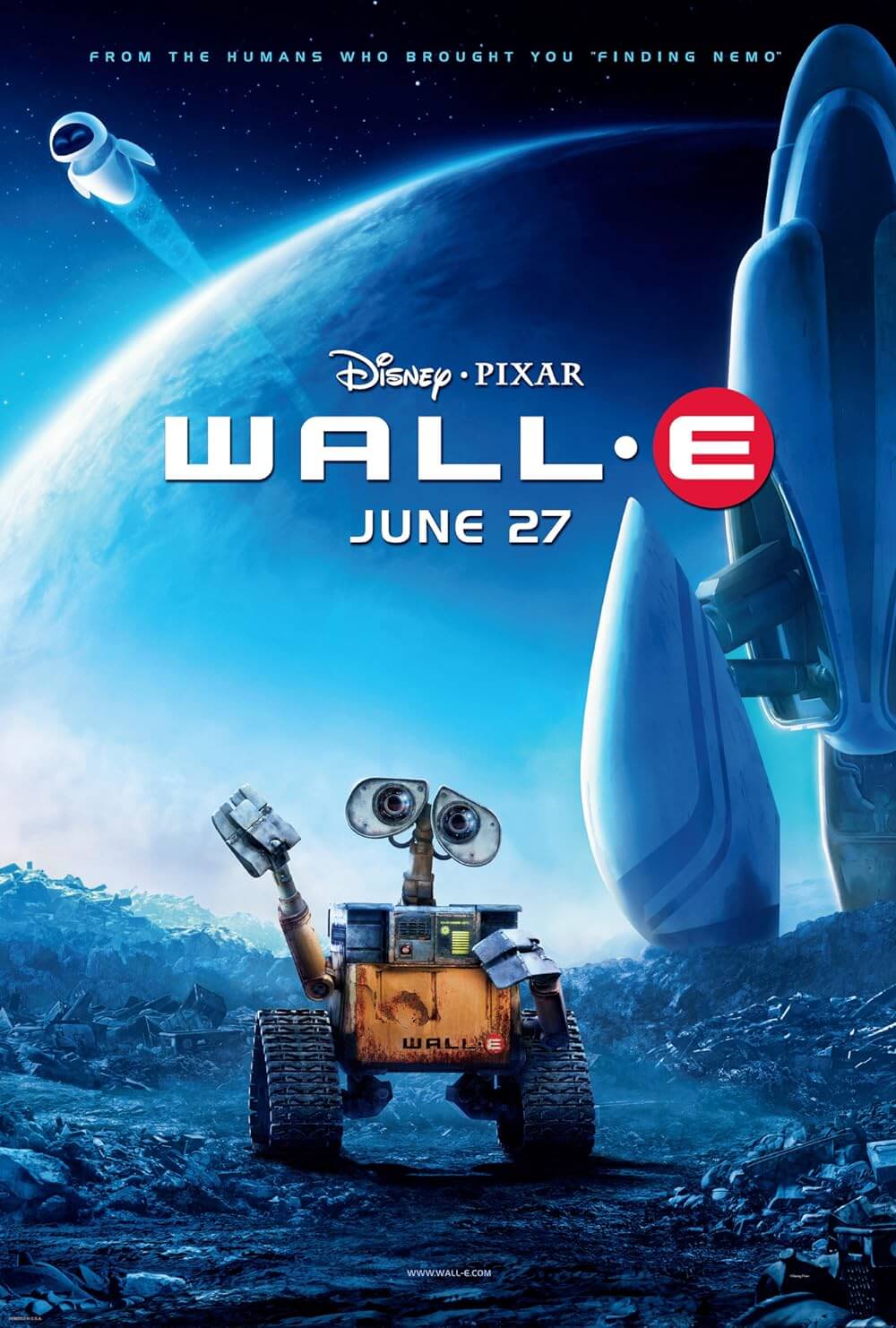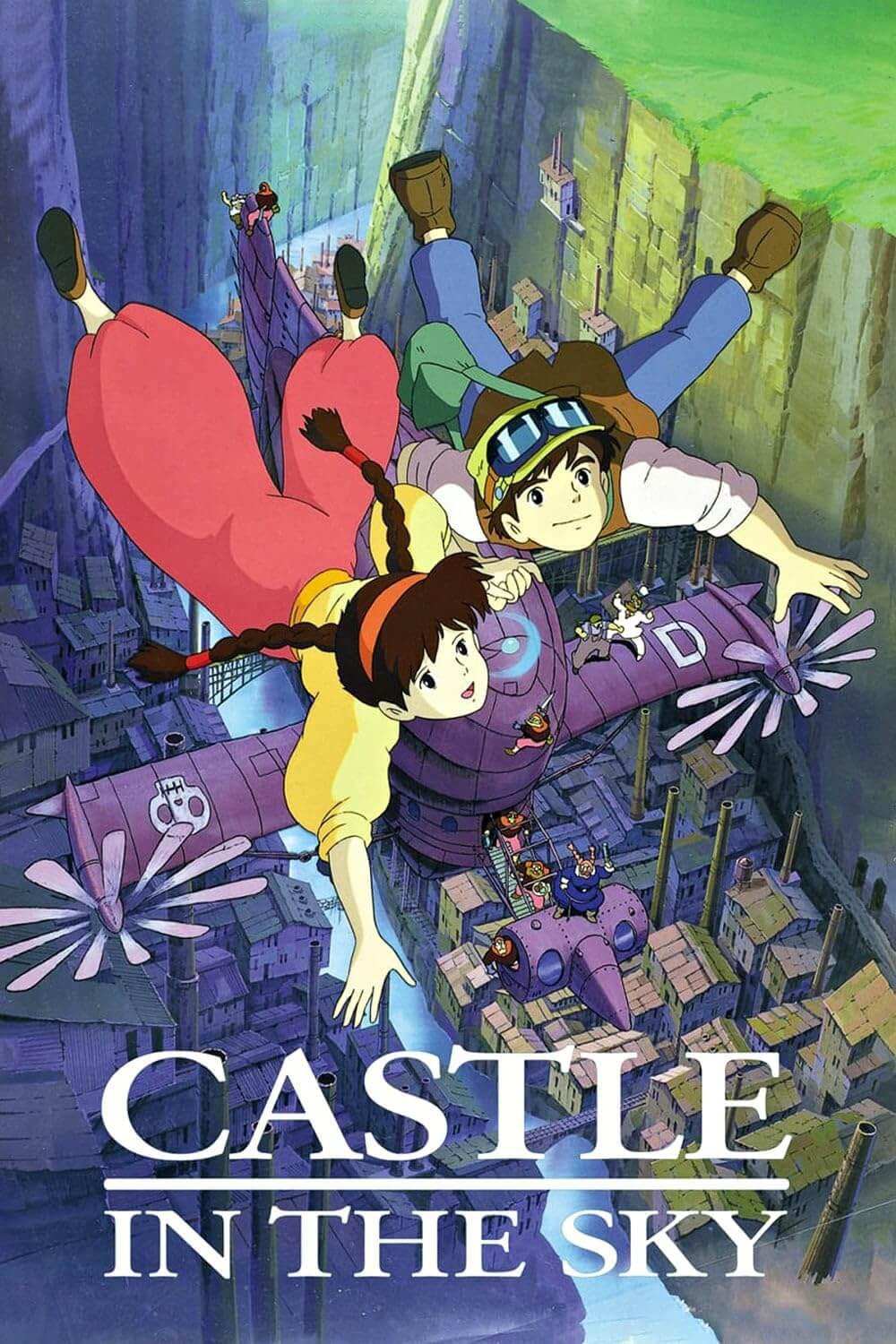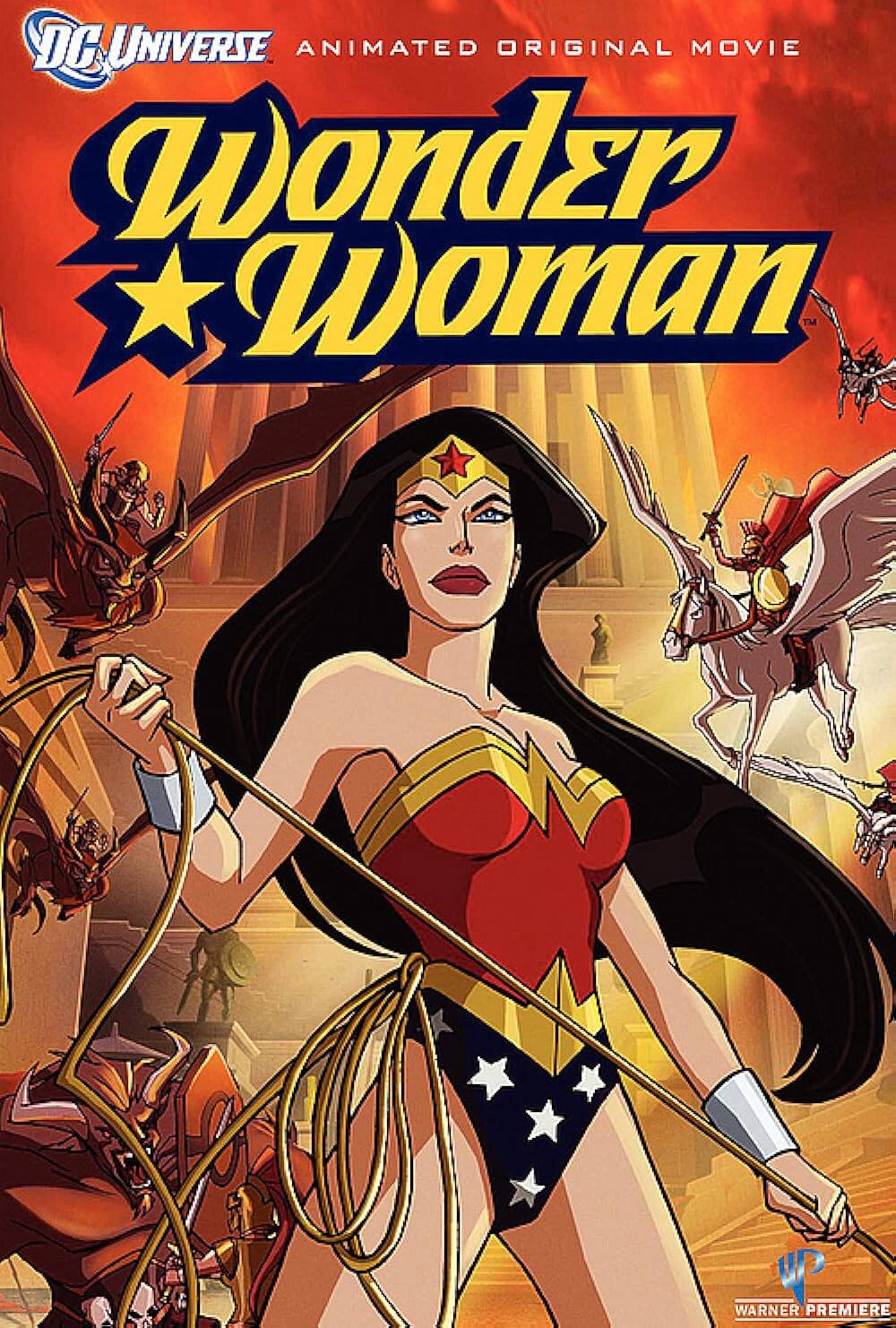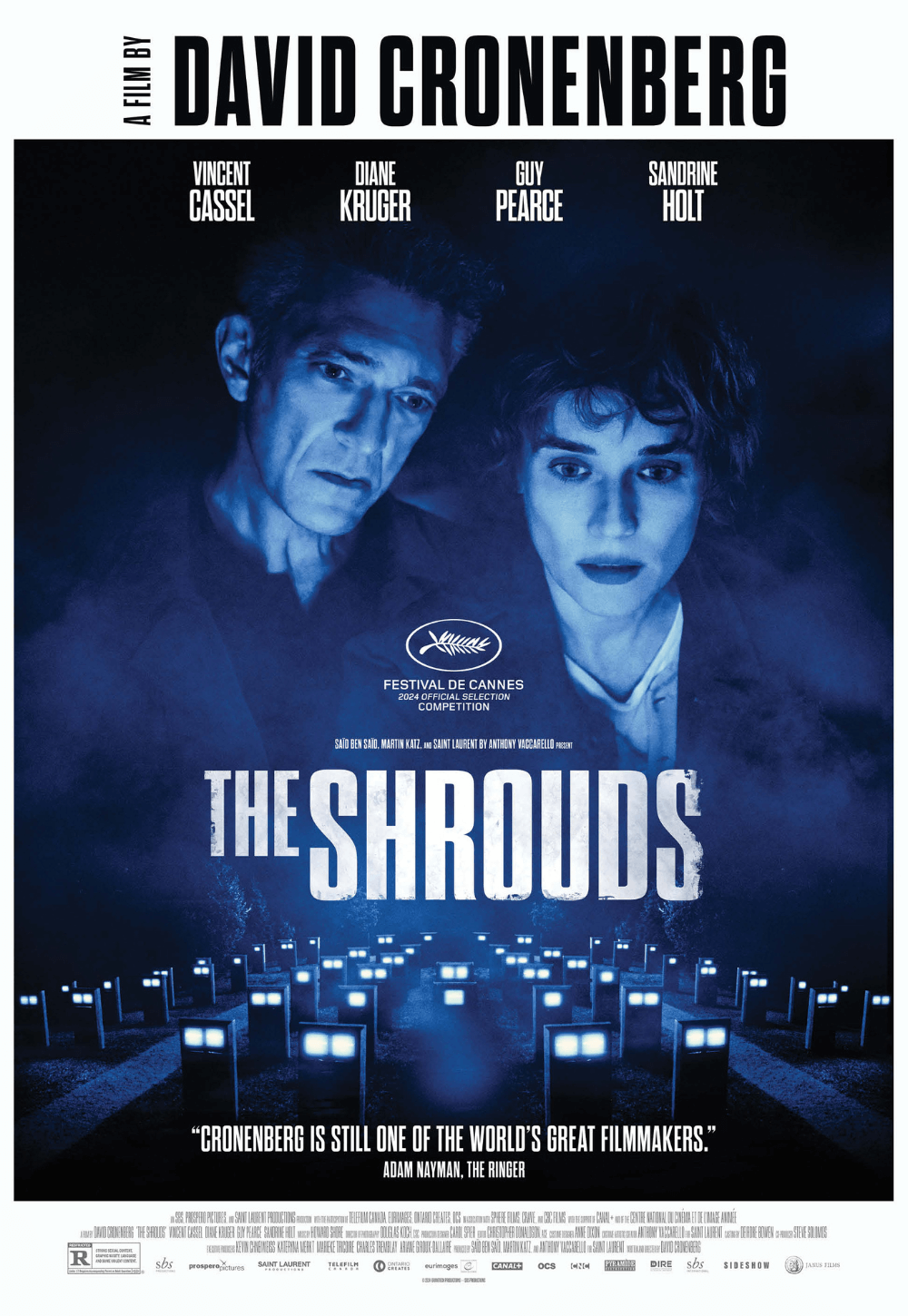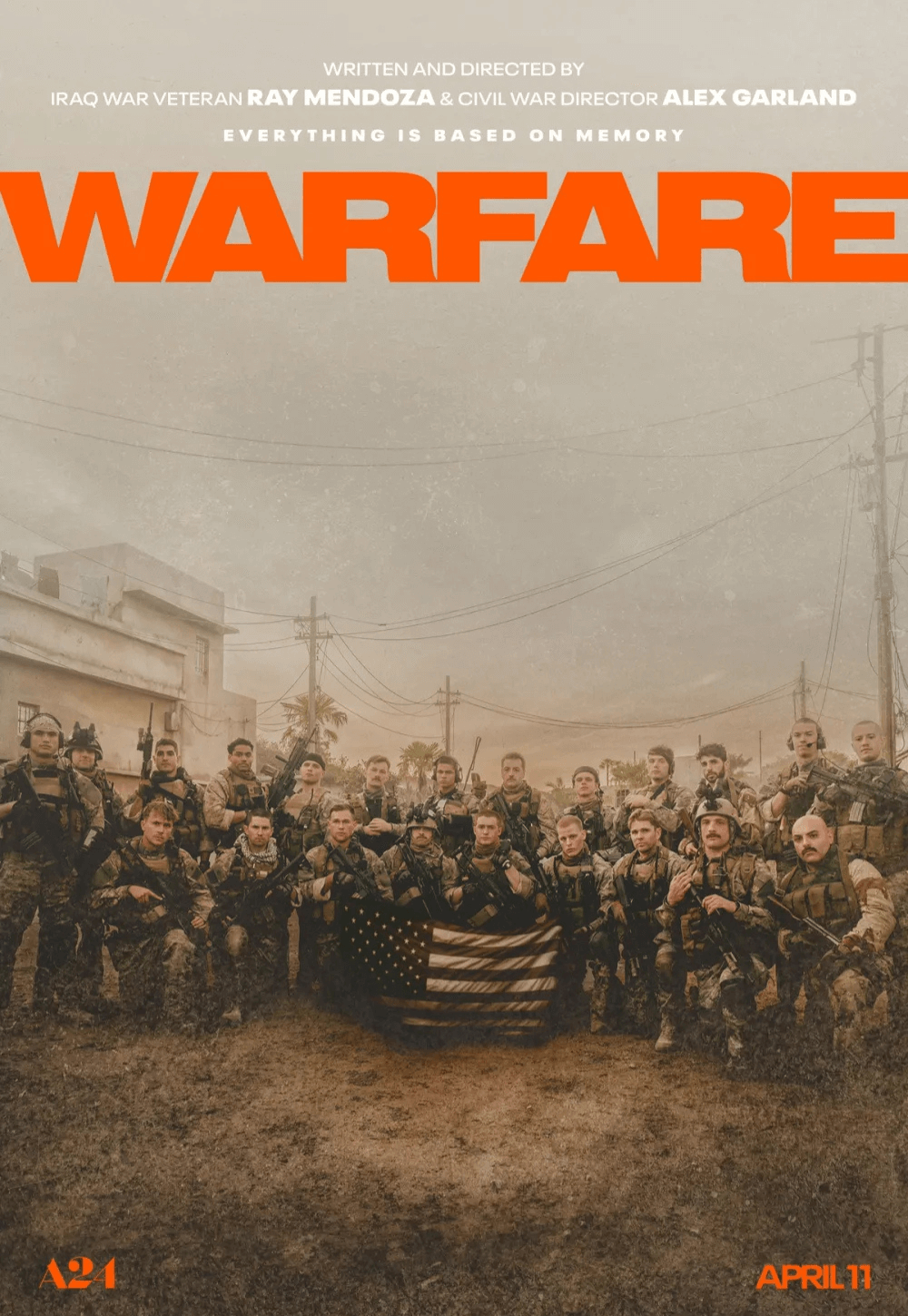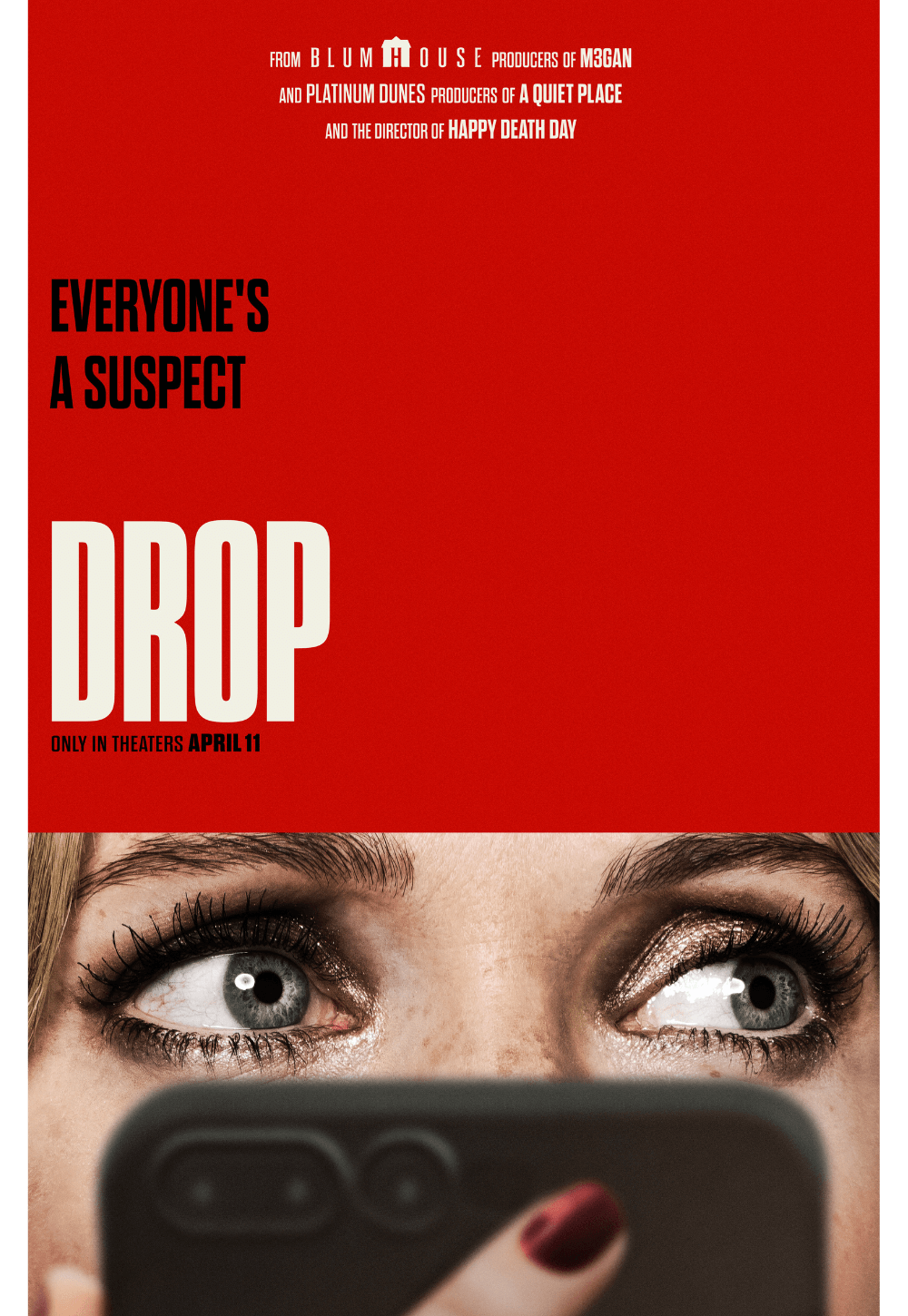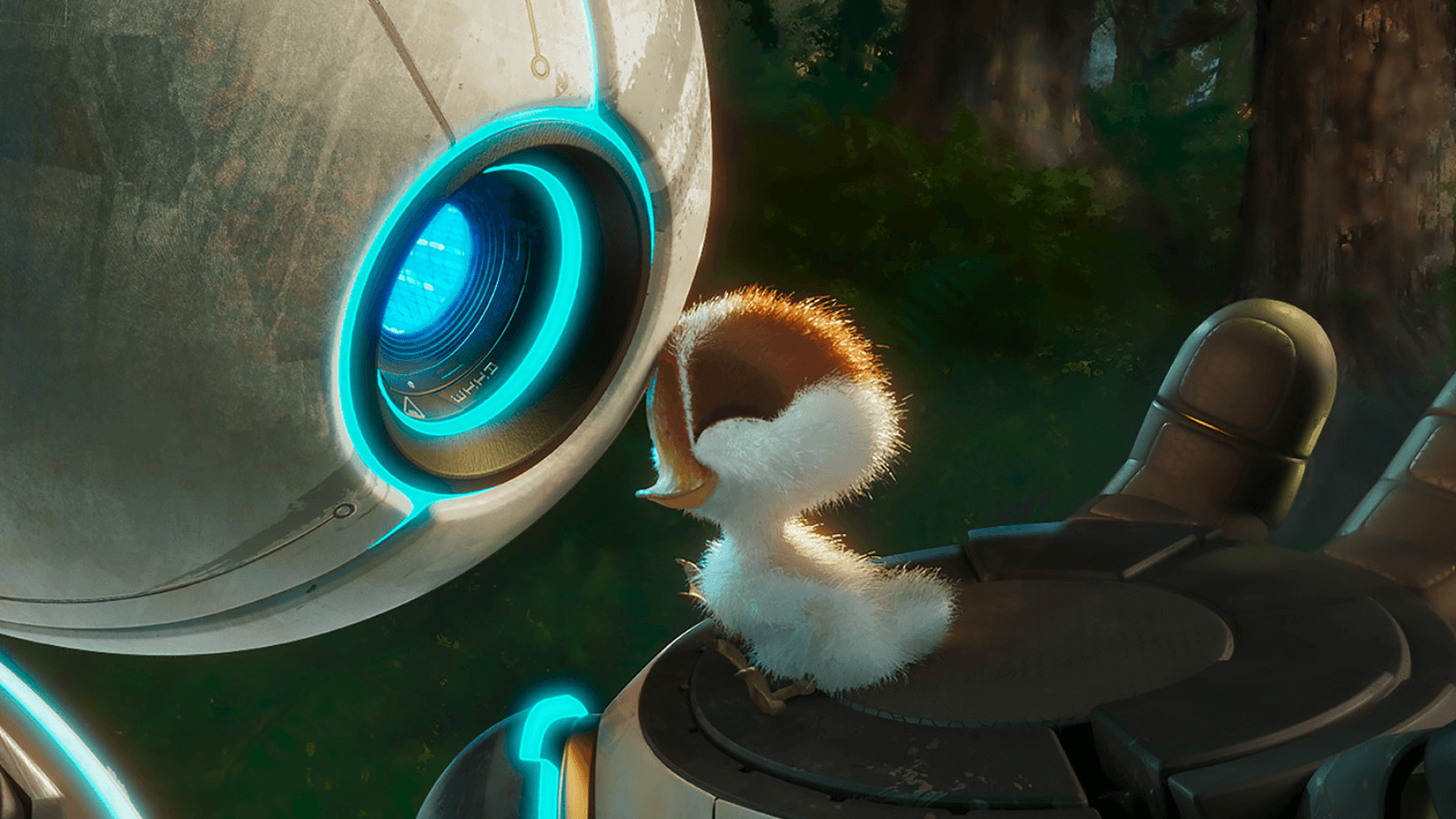
The Wild Robot
By Brian Eggert |
DreamWorks Animation adapts Peter Brown’s 2016 children’s book The Wild Robot into a colorful adventure that has much in common with earlier animated robot fare. Many viewers will recognize similarities to its antecedents, such as Hayao Miyazaki’s Castle in the Sky (1986) and Brad Bird’s The Iron Giant (1999), but Andrew Stanton’s WALL·E (2008) above all. In that, writer-director Chris Sanders (Lilo & Stitch, 2002) demonstrates the critical differences between an animated film by DreamWorks versus one by, say, Pixar. Whereas the latter company often accesses genuine and complex emotions, using relatable but imaginative stories, the former operates in clichés and trite manipulation. Pixar’s long writing process and story refinement usually irons out banal dialogue and predictable scenarios, while DreamWorks follows formulas and spoon-feeds audiences what they expect. Pixar’s animation pushes boundaries and sets new standards; DreamWorks’ looks cartoonish and feels designed to sell toys. These are broad generalizations, of course, but The Wild Robot reinforces them.
Set sometime in the future, the story finds a service robot—ROZZUM Unit 7134, nicknamed Roz and voiced by Lupita Nyong’o—stranded on a heavily forested island with a cross-section of animals. Programmed to help, Roz uses a universal translator to hear animal languages in English, giving way to talking animal characters the bot can understand and assist. After inadvertently crushing a goose’s nest, Roz rescues the last remaining egg and, with the help of an unlikely fox friend named Fink (Pedro Pascal), resolves to raise the runtish gosling named Brightbill (Kit Connor) to ensure he can migrate with the other geese before winter. Although most of the biosphere’s creatures believe Roz is some kind of monster, its care with Brightbill wins them over. And while Brightbill perseveres despite his size, Roz’s friendship with the locals comes in handy when the robo-overseers come to collect their now-sentient property, and the animals join in a fight against bad robots in a fiery, laser-centric finale.
Sanders’ script offers no end of generic dramatic turns and banal sentiments to tug at the viewer’s heartstrings. Take when Roz suddenly realizes that its programming no longer comes from in here (its head) but now comes from in here (its heart). One such heart reference would be enough, if arguably one too many; however, The Wild Robot alludes several times to the chest region being home to emotions, and each one is schmaltzier than the last. Adding to the heavy-handed sentimentality are the cheesy, overly literal songs by Maren Morris, whose lyrics spell out the film’s themes with cloying predictability. The material offers few surprises and resorts to cornball dialogue, leaving the voice actors to imbue it with life. Fortunately, the voice cast is excellent. Matt Berry supplies his signature sound to a beleaguered beaver; Mark Hamill voices a grizzled bear; Catherine O’Hara gives an opossum exhausted mother energy. Most amusing were the hordes of rambunctious raccoons who swarm Roz, laughing maniacally while they detach various gizmos to explore later.
The Wild Robot owes much to Spider-Man: Into the Spider-Verse (2018) in aesthetic terms, except it’s less innovative or inspired. The animation has a painterly appearance, albeit artificially so—as though the brushstrokes were not made by an artist’s digital paintbrush but by software designed to approximate that look. At the same time, the lines and most character designs have a pixelated quality that distractingly resembles unbuffered video, with a style vaguely reminiscent of the original book. Roz appears smooth and sharp by contrast. The animals also look like typical DreamWorks characters, with exaggerated eyes and facial expressions. And while some of the animals’ movements appear realistic, much of the movie’s cartoonishness fails to fully bask in its potential visual splendor. This is particularly true during the chaotic climax, where Sanders and editor Mary Blee resort to choppy cuts and action worthy of a video game.
If there’s a major difference between DreamWorks and other animation houses such as Pixar and Studio Ghibli, it’s that the others speak to a universal audience, while DreamWorks focuses on children. But, as with most DreamWorks movies, there’s a kernel of something special inside The Wild Robot. The story presents a testament to the selflessness of parenting, with Roz becoming a makeshift mother and learning about that role’s hardships, sacrifices, and responsibilities—extending her care beyond Brightbill to the entire forest. However well-intentioned its message, be it focused on parenthood or our responsibility to care for Nature, the obviousness of every element places The Wild Robot in the realm of kids’ stuff. It talks down to the audience, treating viewers like children and severely limiting its appeal. When other animated films have done the solitary robot thing so much better, it’s difficult to care about such comparatively unremarkable storytelling.
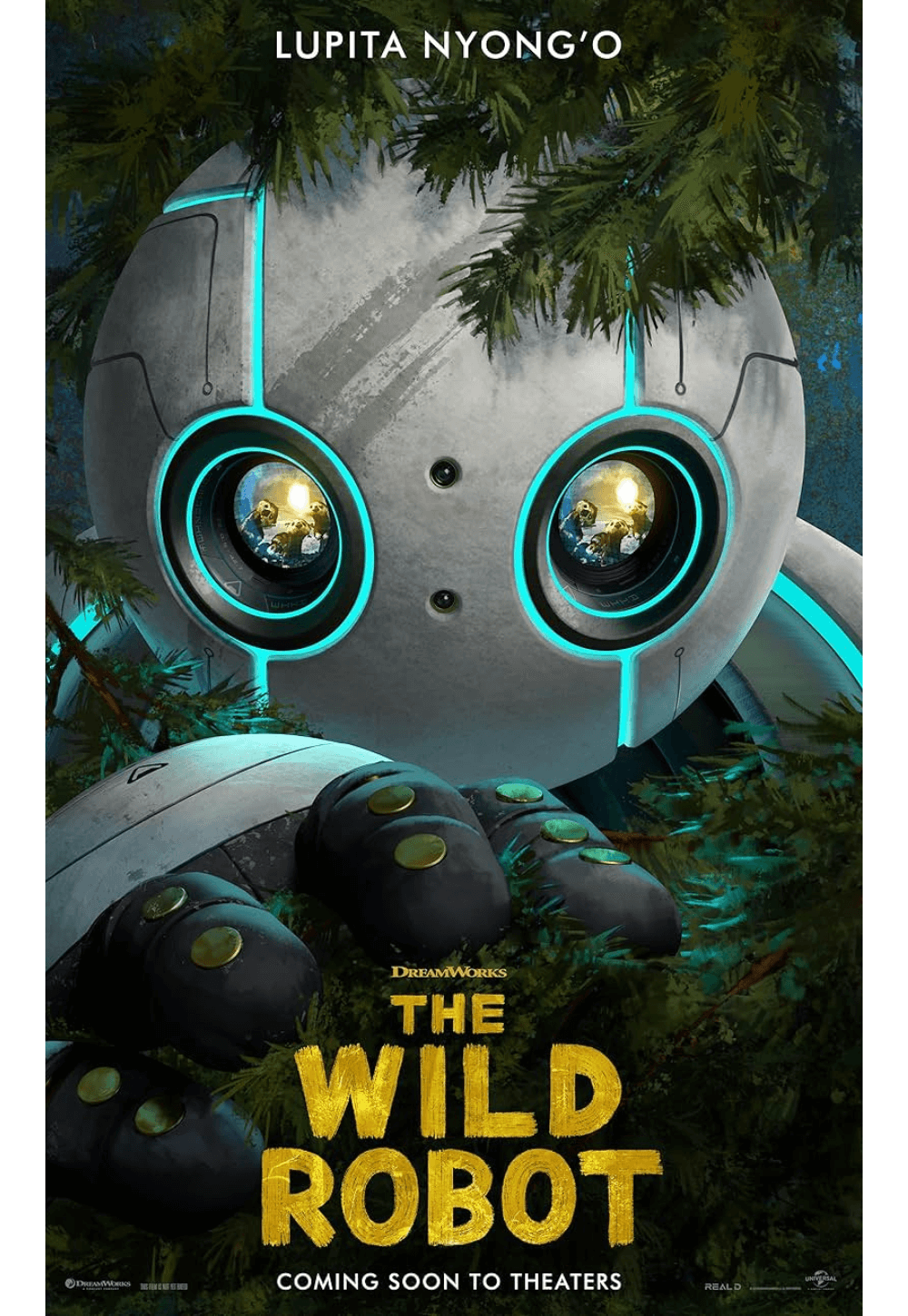
Consider Supporting Deep Focus Review
I hope you’re enjoying the independent film criticism on Deep Focus Review. Whether you’re a regular reader or just occasionally stop by, please consider supporting Deep Focus Review on Patreon or making a donation. Since 2007, my critical analysis and in-depth reviews have been free from outside influence. Becoming a Patron gives you access to exclusive reviews and essays before anyone else, and you’ll also be a member of a vibrant community of movie lovers. Plus, your contributions help me maintain the site, access research materials, and ensure Deep Focus Review keeps going strong.
If you enjoy my work, please consider joining me on Patreon or showing your support in other ways.
Thank you for your readership!
Brian Eggert | Critic, Founder
Deep Focus Review


